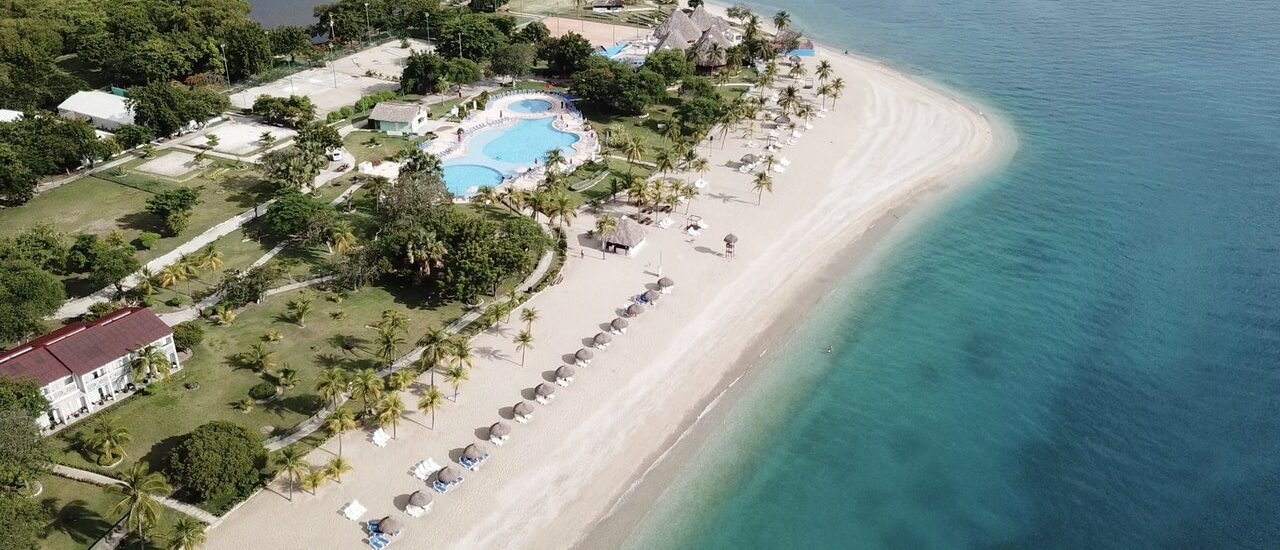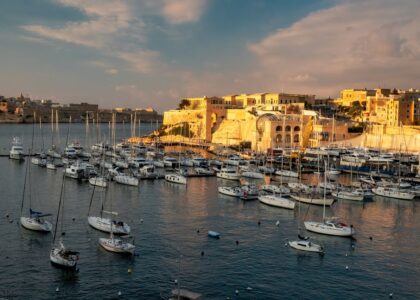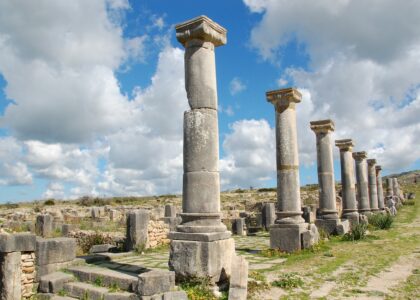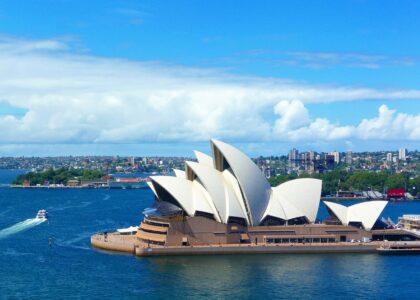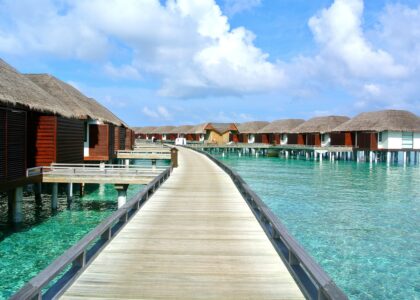The Haitian Historical Sites That Define Its People
The Republic of Haiti is so much more than the series of crisis that has affected its nation throughout the years, Haiti’s patrimony and heritage lays in the history of its people and the amazing structures they brought to life, giving Haiti that signature historical look.
Across mountains and pine forests, deep into mega subterranean cave systems, and above the impressively engineered military fortifications, Haiti abounds in cultura.l sites to satisfy the historian and explorer within you, and to help you get started, these 10 historical sites are essential.
Citadelle Laferrière
Presiding dominantly at 3,000 feet above sea level atop Bonnet a L’Eveque Mountain since 1820, the Citadelle is an emblematic representation of African architectural engineering in the “New World”.
By the commissioning of self-proclaimed King of Haiti Henri Christophe in 1811, above 20,000 recently freed slaves took 13 years to complete the largest, strongest, and awe-inspiring military fortification in the Caribbean, which after 200 years is still standing solid.
You can reach the structure by excursion or with a private guide, just 17 miles south of Cap-Haitien in the town of Milot.
Palace Sans Souci
Also, another daring commission by King Henri Christophe in the town of Milot, 3 miles north of the Citadelle Laferriere, the beyond extravagant Palace of Sans-Souci was erected in 1813 as King Henri’s personal family residence, a successful attempt to emulate the famous Palace of Versailles in France.
Ironically King Henri named the palace after Colonel Jean-Baptiste Sans Souci, who was his mortal enemy, and whom he also had ambushed and assassinated after reaching a “peace deal”.
Legend has it that the Palace of Sans Souci was built upon the exact spot where the Ol’ Colonel was murdered, in one of the strangest forms of revenge ever recorded.
Hotel Oloffson
Hotel Oloffson is an iconic Gingerbread-Style mansion that best encapsulates the essence of late 19th century Haiti.
The Oloffson was built by the powerful Simon Sam family in 1890, where they resided until 1915 before becoming the enigmatic yet attractive hotel that stands today, which had its peak in popularity during the 1960’s and ‘70’s, with famous guests like Mick Jagger and Jacky Onassis frequenting its grounds.
Writers like Graham Greene and Charles Addams drew major inspiration from the hotel’s architectural structure which helped spawn the works “The Comedians” and the artistic tone for the “Addams Family” series and subsequent films.
Grotte de Marie-Jeanne Cave
Grotte de Marie-Jeanne is a spelunker’s Caribbean fantasy come true, hailing as the deepest and longest cave system in Haiti, stretching out an impressive 4 kilometers and extending into hills and valleys in the town of Port-au-Piment, south of Haiti in Massif de la Hotte.
It has a recent total of 36 different caverns, where ancient pottery, tools, and cave drawings belonging to the Taino People were found, most likely using these caves for sacred practices.
Jacmel
Known as the first “City of Lights” of the Caribbean, Jacmel (deriving from Taino “Yaquimel”) is an extremely culturally significant town that still bares its French-colonial identity, with old-world mansions and homes that belonged to wealthy coffee merchants in the nineteenth century.
Each year, Jacmel attracts musical talent from around the world to participate in the International Jacmel Music and Film festivals, then there’s the extraordinary Carnival processions, and local natural wonders like the famous Bassin Bleu waterfalls and lagoon, and the heavily protected National Park La Visite isn’t too far.
Foret des Pins
One of only a few significant Pine Forest strongholds left in Haiti, the Foret des Pins is located in the Massif de la Selle National Park southeast of Haiti in the Chaine de la Selle Mountain Range, over-reaching into the Central Cibao Mountain Range at the border meeting with the Dominican Republic.
Approximately 62 Kilometers southeast of Port-au-Prince and west of the town of Maria, this protected Tropical and Sub-tropical coniferous pine forest of the Pinus Occidentalis species, endemic to the region, elevates itself at 1,689 meters above sea level, occupying 6,000 acres of land.
The conservation efforts of Foret des Pins are absolutely vital to the region, especially in the cities of Mapou and Verrettes that rely on the water supply that runs down into reservoirs, not to mention the endangered wildlife that are also at risk.
Fort des Oliviers
Fort des Oliviers was a protective and dominant fort in Saint-Louis du Sud Bay south of Haiti, built by the French Navy in an attempted pushback against invading British forces in the 18th century.
Among the many historical and cultural patrimonies of Haiti, Fort des Oliviers has often been overlooked in the past, as poor maintenance and little government promotion somewhat clouded its existence, but in recent years, and with the help of private organizers, tours to this amazing historical piece are actively available.
In addition, every August Fort des Oliviers hosts the Festival of the Siren (or Festival of the Mermaid) pulling thousands of locals and tourists to see the attractions.
Maison Gauthier
Named after the renowned Haitian folkloric dance instructor Madame Vivianne Gauthier (1918-2017), a voice for women’s rights and traditional dance, the Masion Gauthier or Gauthier House where she founded her school is also a historically vital Gingerbread structure in Port-au-Prince spanning decades.
Students of architecture from around the world have participated in the remodeling and conservation work on Maison Gauthier, maintaining its cultural vibrance.
Kathy Dicquemare Foundation
Kathy Dicquemare is the CEO and founder of Haiti’s first museum dedicated to the Taino people and their way of life for the past 50 years.
Amassing a collection of over 5,000 Pre-Columbian Taino artifacts, the Taino Museum also serves as a school for the teaching of Indigenous history, pottery making, and preservation, where local children can visit at no charge on scheduled trips.
At the museum you’ll be able to see and touch everything from Taino Jewelry, dinnerware, and pipes, to human skulls, musical instruments, and pendants, depicting a civilized culture of mild-mannered people as described by Columbus.
Haitian Heritage Museum
Although this is one cultural site that does not lay in Haiti, the Haitian Heritage Museum in Miami Dade County, Florida, is worth adding to the roster for its relevance in promoting Haitian culture abroad.
The Heritage Museum organizes contemporary Haitian Art and Dance exhibitions, seminars, special courses for K through 12 students based on music, literacy, and the sciences, working in coordination with STEM programs across the state, with access to a database of digitized museum interactive content.
Author: Omar Guzman

